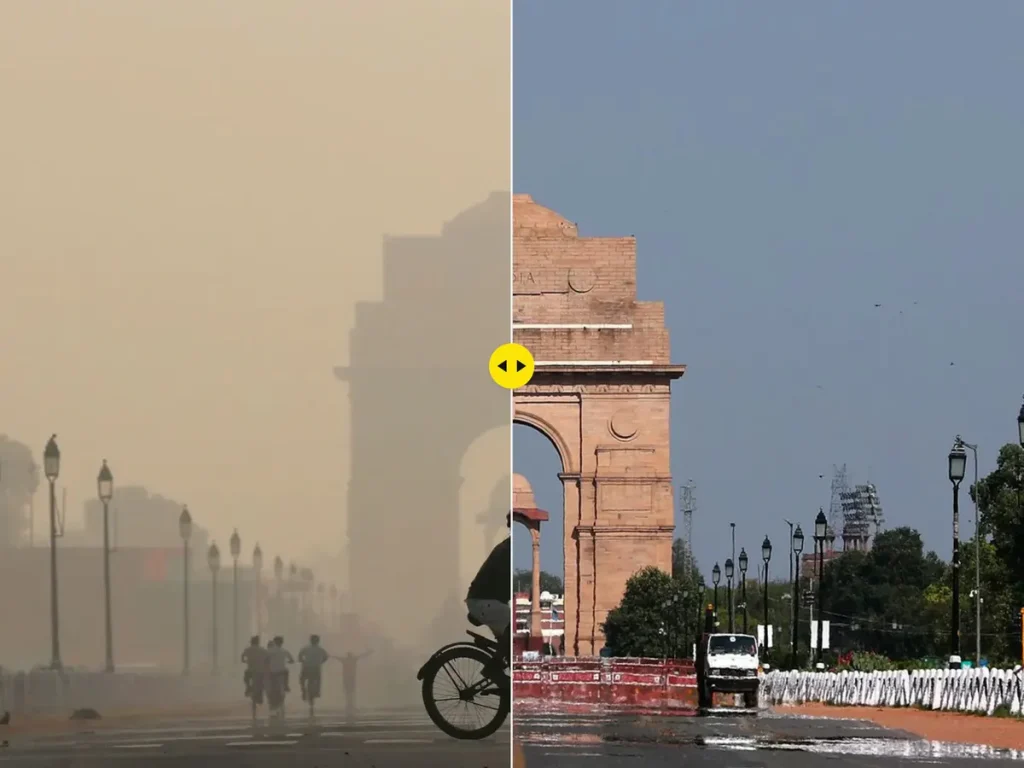It’s that time of year once more. The AQI in Delhi-NCR is at an all-time high (it was 458 in the capital on Friday), stage 4 of the Graded Action Plan (GRAP) has been implemented, schools for junior classes have been closed, construction activities have been halted, restrictions on the use of diesel vehicles have been imposed, and odd-even measures may be implemented.

Delhi Chief Minister Arvind Kejriwal, who has previously blamed stubble-burning in Punjab for the capital’s poor air quality, asked for patience on Friday.
Various research reveal varying results, but the best response is, to some extent, but not fully. There is no easy — or simplistic — explanation for this phenomenon: air pollution in Delhi, and indeed throughout the Indo Gangetic plains, is a complicated phenomenon influenced by a number of causes. The first and most important factor is pollution input, followed by weather and local factors.
In meteorology, they are essentially wind direction and air temperature.
During the southwest monsoon, the predominant wind direction is easterly. Winds blow in from the Bay of Bengal, bringing moisture and rain to this portion of the country. However, once the monsoon has passed, the prevailing wind direction shifts to the north-west. Particulate matter (mostly smoke and soot) is carried by these winds from crop-burning in Punjab to the area above Delhi, and ultimately down the Gangetic basin.
The drop in temperature also contributes to higher levels of pollution. As the temperature drops, so does the inversion height, which is the layer beyond which pollutants cannot diffuse into the upper atmosphere. When this occurs, higher concentrations of contaminants in the air hang closer to the surface, causing AQIs to worsen.
The important thing to remember here is that the wind blows north-westerly in summer as well, but the extremely high temperatures over the Indo-Gangetic basin ensure that the pollutants it delivers (dust, etc. from Rajasthan, and sometimes Pakistan and Afghanistan) do not hang low.
Prof Tripathi believes that geography is important not only in Delhi, but throughout the Indo-Gangetic basin, which stretches from Haryana in the west to the centre of Bihar in the east.
This region resembles a long valley surrounded by higher structures: the Malwa and Deccan plateaus are a few hundred kilometres to the south, the Aravalli mountains are to the southwest, and the Himalayas are to the north.
Because of this terrain, the Indo-Gangetic plain is analogous to California, which is particularly sensitive to pollution and against which governments have taken very severe measures throughout the decades.

